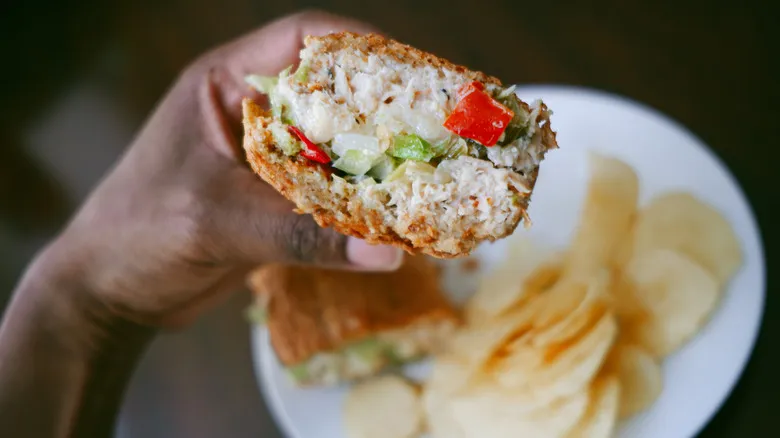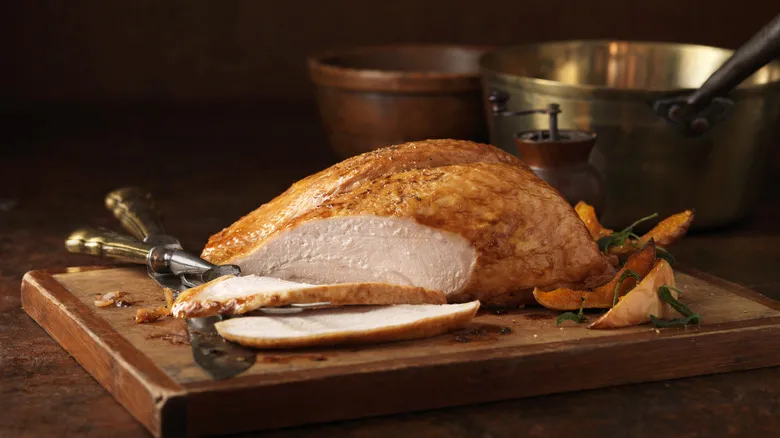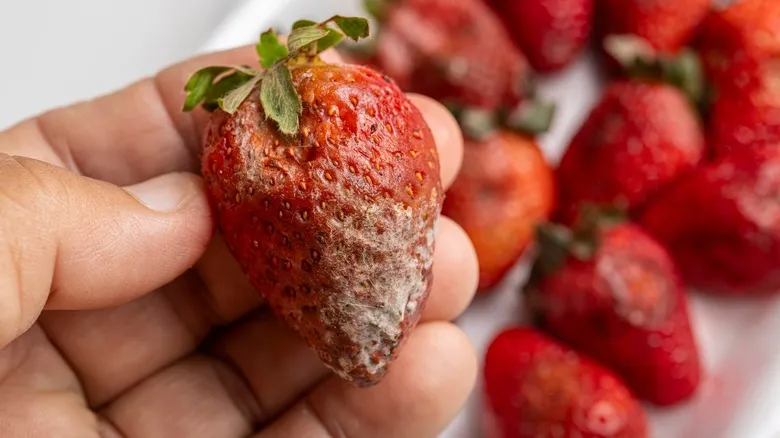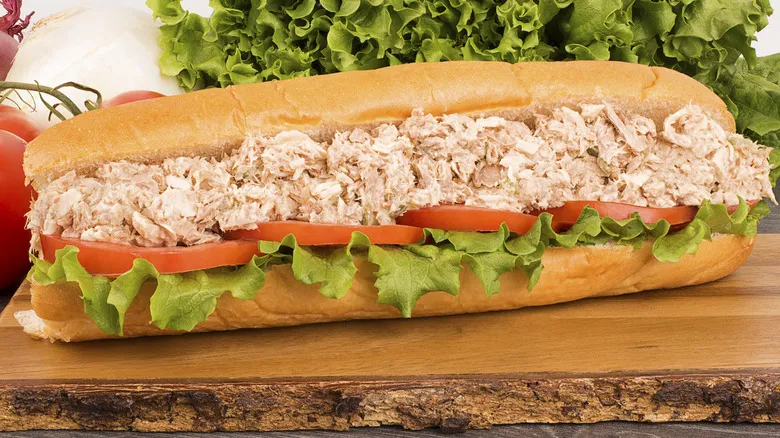How to know when your tuna has turned

Considering all the warnings about tuna salad, you might feel inclined to avoid it altogether, but that's not necessary. When prepared and stored correctly, tuna salad poses no greater risk of spoilage than many other foods. Typically, tuna salad includes mayonnaise, which has a vinegar base that serves as a preservative. This contradicts a common misconception that mayonnaise promotes bacterial growth. In reality, mayonnaise can both eliminate and inhibit the growth of harmful bacteria in your food.
That said, there are a few important points to remember when making and storing your salad. Its shelf life is relatively short, generally remaining safe to consume for three to four days when refrigerated. However, this can vary based on several factors. For instance, if you substitute yogurt for mayonnaise, your tuna salad will have a shorter lifespan. Adding fresh vegetables like onion or celery will also reduce its freshness, as these ingredients have a limited shelf life once chopped. Ingredients such as avocado can significantly shorten this time as well.
So, how can you determine if your tuna salad has gone bad? If your salad is only a few days old but you're unsure about its freshness, there are several indicators to check. A foul odor is a clear sign that it’s time to discard it. Additionally, if you notice any mold, or if there are changes in color or texture, it's best to throw it out and prepare a new batch.
Recommended

The Best Ways To Store Trader Joe's Brined Half Turkey

The Rookie Mistake You're Probably Making When Cooking Gumbo

Why Some Fresh Fruits Need To Be Refrigerated And Others Don't

If One Berry Grows Mold, Is It Safe To Eat The Rest?
Next up

